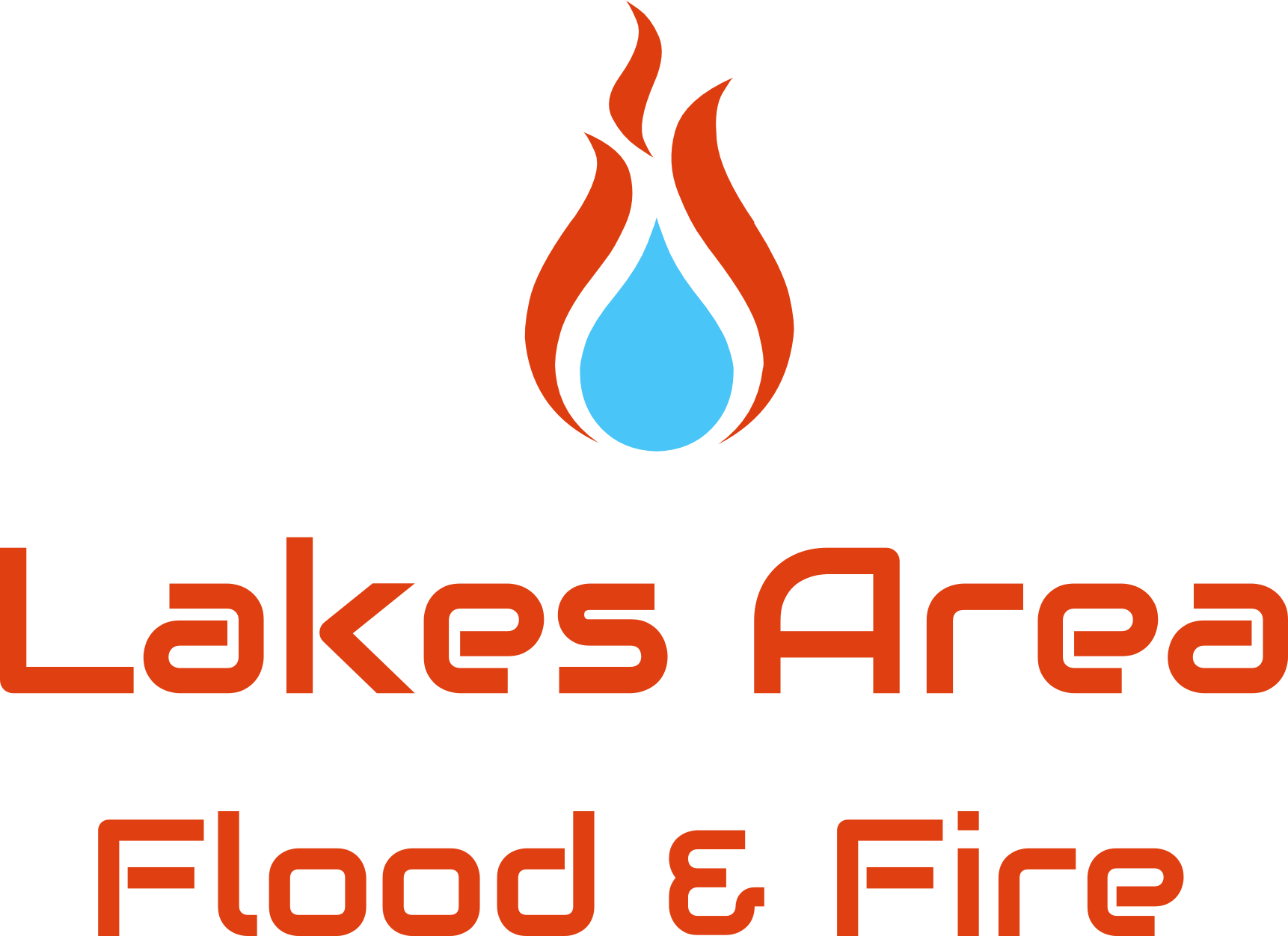MOLD REMOVAL & REMEDIATION
Signs That You May Have a Mold Problem:
HEALTH ISSUES
The overexposure to mold growth in your home or place of business can result in a wide range of health issues.
Often times individuals describe suffering from “flu-like” symptoms that accompany a host of other maladies including prolonged cough, unexplainable recurring fatigue, lack of concentration (“brain fog”), sinus infections, pneumonia, and aspergilloses.
Keep in mind that not everyone is the same and some individuals are more affected by mold exposure than others. One person may be unaffected while another suffers from the same level of exposure; we are all unique in this aspect.
If you are concerned about possible overexposure to mold in your home or place of business or are experiencing health issues with an elusive cause contact your physician and/or respiratory specialist.
Mold exposure results in an increased risk of infection for infants, the elderly, and immunocompromised individuals. Extra precautions should be taken in these cases if mold exposure is suspected.
Musty Odors
We have all herd the saying “that’s just how a basement/crawlspace smells” or “of course it smells musty, it’s a basement.”
The reality is that the presence of these damp, musty smells in a home or place of business is far from normal and typically indicates an underlying moisture intrusion and subsequent mold problem.
These smells occur from the metabolic processes of the microorganisms themselves, or off gassing (mold farts).
Typically referred to as malodors, this off gassing is technically referred to as MVOC’s or Microbial Volatile Organic Compounds and can include a host of potentially dangerous gasses when they are in high indoor concentrations.
So when it comes to odors the nose knows, usually if there is a smell there is a problem.
Visible Growth
A sure sign of a mold issue is finding visible growth, or SMG (suspect microbial growth).
Many times what may appear to be a localized growth in areas of a building’s envelope can actually be signs of a much larger problem hidden within walls, ceilings and crawlspaces. Although this is not always the case certain precautions should be taken if a homeowner/property manager attempts to handle the situation themselves.
An inexperienced DIY’er can inadvertently exacerbate what appears to be a localized mold issue if large amounts of growth are uncovered or exposed in wall and ceiling cavities without proper containment controls in place.
If you have what appears to be a localized visual growth but suspect there may be a larger issue at hand contact a remediation specialist for a consultation.
Visible growth that has been confirmed to be confined to a localized patch can be easily handled by a DIY’er with some gumption by following the guidelines outlined on the EPA’s website for Home Mold Cleanup.
Mold Remediation FAQs
Call us now for free estimate and evaluation at (218) 820-4150.
Mold Remediation Process
Inspection
The success of a remediation job is directly determined by the quality of the inspection process. If moisture sources aren't correctly identified or effected areas missed entirely, then there is an increased risk of recurring mold problems. Our team is highly trained and follows used industry leading inspection technology and practices.
We get it done right the first time.
Containment
When dealing with mold contamination the proper containment and engineering controls are essential to a successful job. This can often be a lengthy process and must be done BEFORE any building materials are disturbed or removed. After inspection, our trained technicians walk you through the containment process prior to the start of any project and address any concerns you may have so your are comfortable and informed on the work that will be performed.
Removal
Don't be fooled by quick fixes or so called "mold killing fogging operations." An effective and successful remediation relies on the physical removal of gross (visible) contamination of the effected building materials as well as the removal of particulates (spores) using commercial air filtration machines. We utilize proven technologies and processes for the physical removal of mold contaminates.
Cleanup
Once all of the contaminated building materials have been removed then the secondary cleanup process can begin. A proper cleanup requires the right equipment and the right training...a bucket of bleach and a scrub brush is highly ineffective. We utilize a variety of industry leading techniques during this process including HEPA vacuuming, air washing, damp wiping, and both mechanical and non-mechanical air scrubbing.
Remodeling
We highly recommend that after a remediation project has been completed a third-party inspection firm is hired to verify that the project is compliant with industry standards. This typically involves a physical inspection and air sampling to confirm that both visible and invisible mold contaminates have been removed completely. This should be done BEFORE any remodeling activities are underway.
Follow Up
It is recommended that after a remediation project has taken place a 3rd party inspection firm is hired to verify that the project is compliant with industry standards. This typically involves physical inspection and/or air sampling to take place. This is to be done BEFORE any remodeling activities are underway.
